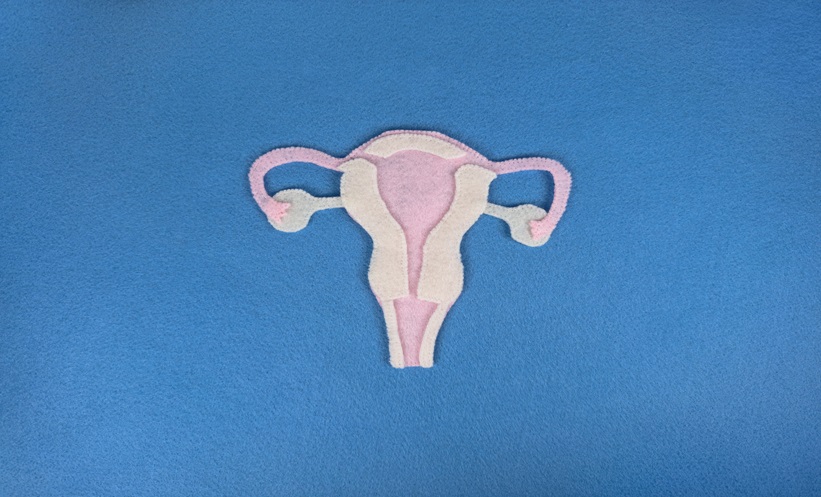A PREDICTIVE model has been developed by researchers which has identified several key factors associated with the risk of endometrial hyperplasia and endometrial cancer in patients with recurrent abnormal uterine bleeding (AUB), providing a valuable tool for clinical decision-making.
This study aimed to create a reliable predictive model for the occurrence of endometrial hyperplasia and endometrial cancer in patients who experience recurrent AUB. The study included 456 patients with recurrent AUB who had previously undergone endometrial sampling with benign results but continued to experience abnormal bleeding. The study was conducted using a retrospective cohort design, encompassing data from January 2013 to December 2021. The goal was to identify significant factors that could be used to predict these endometrial conditions and to stratify patients into different risk categories based on their likelihood of developing hyperplasia or cancer.
Of the 456 patients with recurrent AUB, 8.3% were diagnosed with endometrial hyperplasia and 2.2% with endometrial cancer upon subsequent testing. The interval between initial and subsequent endometrial sampling averaged 25.1 months. Using multivariate logistic regression, the analysis revealed several significant predictive factors: age over 45 years (OR: 2.86; 95% CI: 1.31–7.03), nulliparity (OR: 3.50; 95% CI; 1.76–6.85), a history of endometrial polyps (OR: 3.69; 95% CI; 1.93–7.05), and an interval of less than 12 months between endometrial samplings (OR: 2.36; 95% CI: 1.25–4.42). These factors were used to create a risk score system that categorised patients into three risk groups, with corresponding probabilities of developing endometrial hyperplasia or cancer: 4.7% in the low-risk group, 15.5% in the moderate-risk group, and 57.1% in the high-risk group. The model demonstrated good predictive performance with an area under the curve (AUC) of 73.1%, indicating a reasonable level of accuracy. In conclusion, this predictive model highlights the importance of specific risk factors in assessing the likelihood of endometrial hyperplasia and cancer among patients with recurrent AUB. Clinicians can use these findings to better tailor monitoring and treatment strategies, especially for patients identified as high-risk. Future studies should focus on external validation and potential refinement of the model to enhance its applicability in broader clinical settings.
Katrina Thornber, EMJ
Reference
Veeranaraphanit U et al. Predicting endometrial hyperplasia and endometrial cancer on recurrent abnormal uterine bleeding. Obstet Gynecol. 2024;144(2):259-265.







